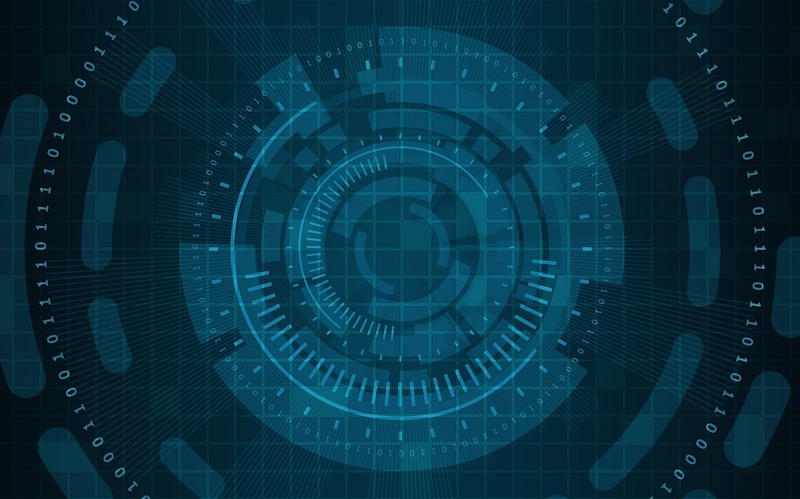The healthcare industry has become a target for cyber criminals due to its lucrative potential. Despite raising awareness and tightening data security, healthcare organizations still struggle to fight against increasing cyber attacks in their business.
If you are asking why cyber criminals are interested in obtaining healthcare data, the answer is simply because of the patient’s personal information. Once a hacker successfully gets a patient healthcare information like name, age, birthday, Social Security number, he can use it by pretending that he is the patient to buy medical drugs, or he can access their Social Security fund and steal the patient’s money.
This cyber crime is also known as identity theft. Many patients have been a victim of identity theft due to poor patient data security. Healthcare organizations must thoroughly look into how secure they handle patient data to prevent data losses.
So how do you improve your security measures in order to safeguard healthcare data?
Protecting Data with Security Basics
Purloined healthcare information is usually used in various gains, such as extortion, market manipulation, insurance fraud, and identity theft. Sensitive details can also be used in blackmailing people. Most importantly, attackers steal information in a range of hacking methods.
Here are some effective ways to improve your healthcare data security and protect all sensitive information in your database:
- Be aware of everything included in your network. With the continuing advancement of technology, there are new tools to determine the actual inventory of all devices on your network. You should also be aware whenever there’s a new device added. That way, you can monitor your network and understand everything that’s happening on it. Then you can decide how you can improve your network based on the daily monitoring reports.
- Strengthen patch management and update your software. Make sure to implement strong patching with the latest software version in order to prevent firewall breaches from cyber attackers. A high level of security can help you reduce risk of financial damage.
- Be strict in terms of privileged access. Know which employees really need to access critical and sensitive information based on their job responsibilities. However, remove access immediately when they no longer have to use certain data.
- Train your team to report breaches. A security awareness campaign must be in place so that employees will understand how important it is to report potential attacks including malware and phishing.
- Work with a reliable partner. When it comes to healthcare data security, it’s helpful to outsource data processing with a trustworthy partner in order to implement unbreakable firewall security program. This will ensure that all your sensitive data are safe and free from hackers.
- Comply to HIPAA regulations. HIPAA (Health Insurance Portability and Accountability Act of 1996) required the Secretary of the U.S Department of Health and Human Services to implement rules and regulations in safeguarding patient data. It covers all the health organizations and covered entities. Previously, all patient data was recorded only on paper but with the help of technology, healthcare providers are now using electronic health records for faster and efficient access. But it also has its own disadvantages, like the risk of the system being hacked and data stolen by cyber criminals. Complying to HIPAA regulations could help your employees learn more about fortifying healthcare information security. You can opt to educate your employees about the concept of HIPAA, on how to effectively comply with all its rules and regulations, and what the penalties are once a negligence in complying was proved by sending them into training.
Employees are a big security risk due to human error. If you don’t train them on how to avoid data breach and protect your healthcare information, then you are risking your business. Remember, more and more cyber attackers are targeting healthcare companies due to the significant gain they can have from patient data.










